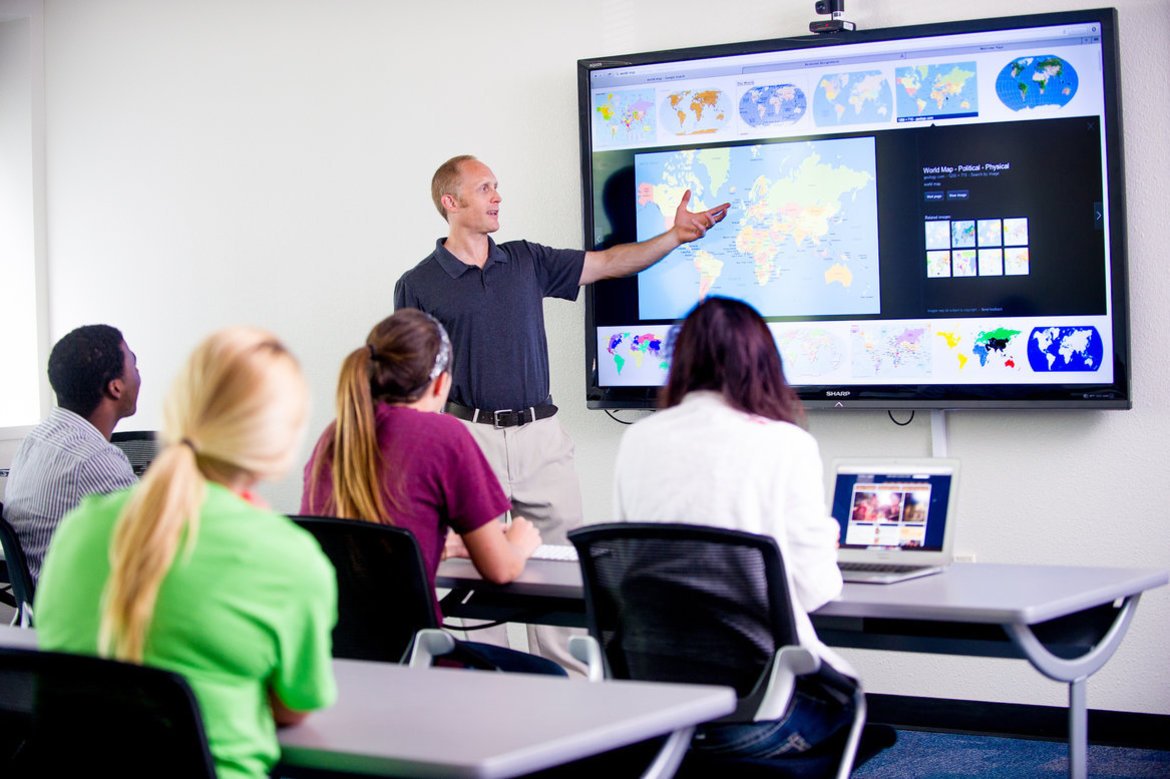In the vibrant tapestry of modern education, technology emerges not merely as a thread but as a crucial weaver, shaping patterns of learning, engagement, and development that are unprecedented. The infusion of technology into early education presents a paradigm shift from traditional teaching methods to more interactive, engaging, and personalised learning experiences. This transformation is not only about the adoption of digital tools but also about reimagining the possibilities of early childhood education in nurturing curious, creative, and resilient learners.
The Digital Classroom: A Hub of Interactive Learning
Imagine a classroom where each corner is an avenue for discovery, enabled by digital tools that resonate with the intuitive curiosity of young minds. Interactive whiteboards replace the static chalkboard, bringing lessons to life through vivid animations and engaging simulations. Tablets and computers become gateways to a world of interactive storytelling, creative art, and explorative play, allowing children to learn at their own pace in a way that feels like play.
This digital classroom does not confine learning within its four walls; it opens windows to the world, enabling children to embark on virtual field trips to museums, historical sites, and even outer space. Such experiences enrich their understanding of the world, fostering a sense of wonder and curiosity that is the hallmark of lifelong learning.
Personalised Learning Paths: The Power of Adaptive Technology
One of the most profound impacts of technology in early education is its ability to personalise learning. Adaptive learning software assesses each child’s unique learning pace, strengths, and areas for improvement, tailoring the curriculum to meet their individual needs. This approach not only boosts learning outcomes but also cultivates a positive self-image and confidence in young learners, as they experience success and progress at their own pace.
Moreover, technology facilitates the early identification of learning difficulties, enabling timely intervention and support. Through various educational apps and software, educators can track a child’s progress in real time, offering targeted help where needed, thus ensuring that no child is left behind.
Engaging Parents: Technology as a Bridge
The role of technology in early education extends beyond the classroom; it serves as a bridge connecting educators and parents. Through early learning management software, parents can stay informed about their child’s progress, view their artwork, read about their achievements, and receive personalised suggestions for supporting their learning at home. This digital connection fosters a strong partnership between parents and educators, crucial for a child’s holistic development.
Such software not only streamlines administrative tasks for educators but also enriches the parent-child relationship. With insights into the child’s day-to-day learning journey, parents are better equipped to engage in meaningful conversations, reinforce learning at home, and celebrate their child’s milestones, making learning a shared family adventure.
Nurturing Digital Citizenship from the Start
Integrating technology into early education also lays the foundation for responsible digital citizenship. From understanding internet safety to practicing kindness online, young learners can be guided through the digital world with the same care and attention devoted to their physical well-being. By embedding these principles early on, we prepare children not just for school, but for life in a digitally interconnected world.
The Way Forward: Embracing Technology with Mindfulness
The integration of technology in early education heralds a future where learning is limitless, personalised, and deeply engaging. However, this journey requires mindful navigation to balance screen time with physical play, interpersonal interactions, and the natural world. As we embrace the digital age, our collective goal must be to harness technology not as a replacement for traditional learning, but as a powerful ally in fostering a generation of curious, empathetic, and knowledgeable citizens.
In this dynamic landscape, the role of technology in early education is not just to educate but to inspire, not merely to teach but to ignite a passion for lifelong learning. As educators, parents, and policymakers, our task is to steward this digital frontier with wisdom, ensuring that technology serves as a ladder for all children to reach their highest potential.

